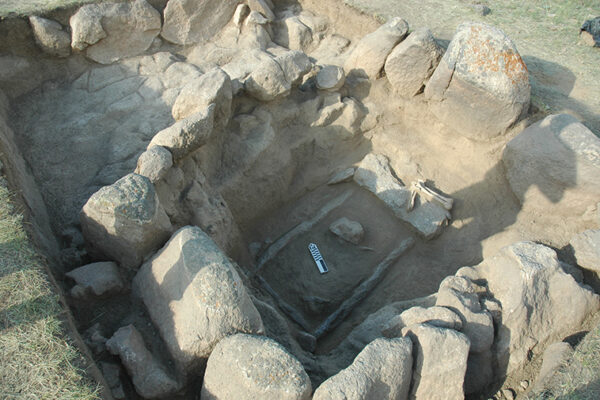Archaeologists have struggled to explain the rapid rise and fall of Cahokia — the mysterious Mississippian mound-building culture that sprang up about a thousand years ago in the fertile southern Illinois bottom lands just across the river from modern-day St. Louis.
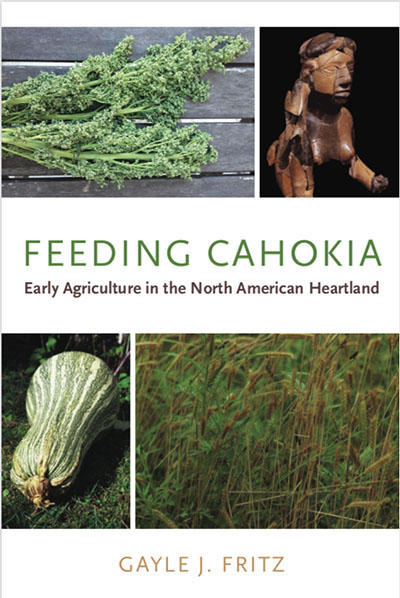
Scholars have painted the civilization as a hierarchical, highly centralized society where ruling elites demanded tribute from lowly peasant farmers who toiled in a culture spiritually obsessed with and highly dependent upon the cultivation of corn.
While there’s little doubt that farming was the civilization’s lifeblood, a new book by a paleoethnobiologist at Washington University in St. Louis offers a compelling case for a much different understanding of the Cahokian culture.
The book also offers a road map for the rediscovery and possible recultivation of an array of highly nutritious wild food sources, including a North American cousin of quinoa, that were once a staple part of the early American diet.
“The real story of Cahokia is about much more than maize and decisions made by a small group of elites,” said Gayle Fritz, professor emerita of anthropology in Arts & Sciences and author of “Feeding Cahokia: Early Agriculture in the North American Homeland” (2019 University of Alabama Press).

“It’s clear that the vast majority of Cahokia’s farmers were women and it’s likely that their critical knowledge of domesticated crops and wild food plants would have earned them positions of power and respect at every level of the society,” she said.
Cahokia’s rise and fall
Classified as a UNESCO World Heritage site, the Cahokia Mounds complex was the site of North America’s largest and most populous city prior to European exploration.
Reaching its apex in the early years of the first millennium (1050 to 1200 A.D.), the city and immediately surrounding region boasted a population in the tens of thousands and exerted influence over other native settlements scattered across a wide swath of the American Midwest
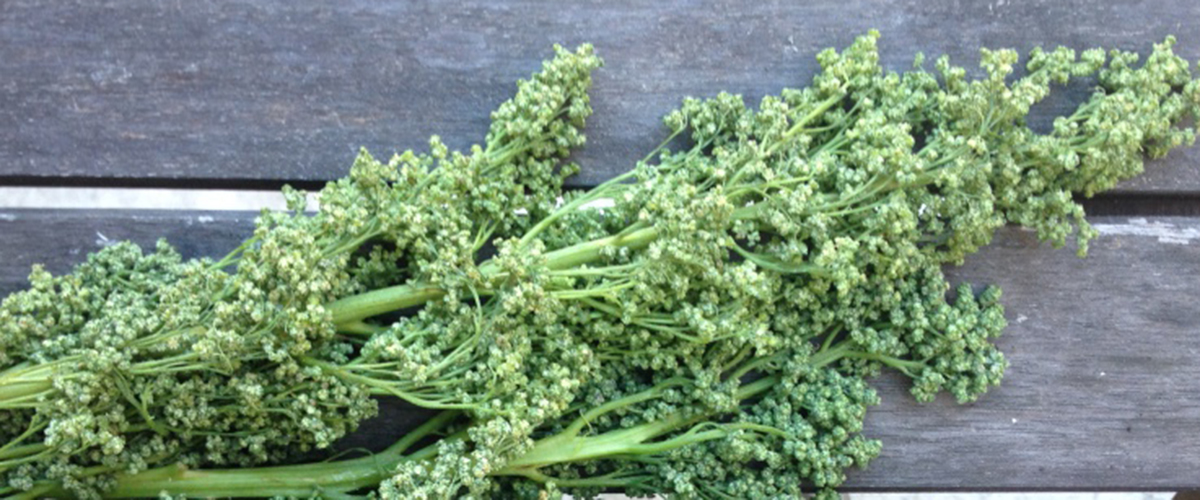
Then, for yet unexplained reasons, the civilization began to fade. By 1300 A.D., populations living in and near the Cahokia city center were plummeting. By the early 1500s, when European explorers first visited southeastern North America, the great city of Cahokia lay abandoned.
Some scholars suggest the demise was due to periods of heavy flooding or severe drought, or even a massive earthquake, and the impact these calamities may have had on an agricultural system that had grown increasingly dependent on maize.
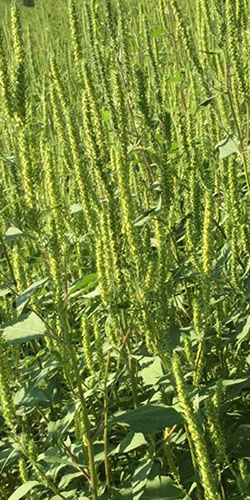
Fritz is not convinced
She questions the evidence for these disasters at Cahokia, as well as the notion that such severe weather events could have crippled the city’s ability to feed itself. Her research shows that the city’s food production network was extremely well diversified, stable, sophisticated and situated in some of the world’s most fertile farmland. While natural disasters may have sparked de-stabilizing social or religious unrest, the women who controlled the society’s farming complex were more than capable of weathering severe climatic disturbances, she argues.
Fritz documents early uses of what may have been America’s first domesticated crop, a strain of bottle gourd that first floated to these shores — genetic evidence suggests — from Africa. She explores the origins of other early food crops, such as a native squash, sunflower, erect knotweed and chenopod, which were domesticated in the midcontinent and grown by generations of farmers before, during and after Cahokia’s heyday.
Cultivating nature’s bounty
Fritz details how these and other ancient food sources were gradually incorporated into field cultivation systems, with some eventually showing signs of genetic changes related to domestication. She backs up her assertions with clear overviews of the best available archaeological evidence, including her own early work on ancient stashes of native seeds in protected bluff shelters of the Ozark Plateau.
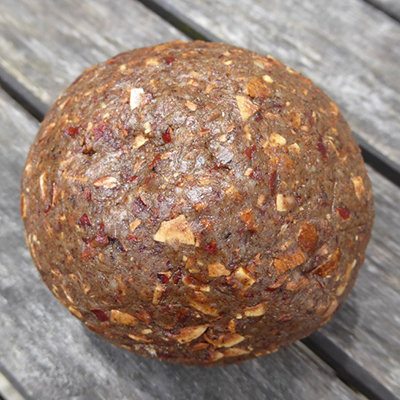
She also explains how early Americans learned to maximize harvests of wild nut crops, such as hickory and acorns, by giving the best mast-producing trees a competitive edge — girdling inferior trees and routinely burning off underbrush to gradually create stands that European explorers later described as “nut orchards.”
As her book makes clear, the evolving consensus on Cahokia’s food culture is a function of rapidly improving scientific techniques and field work practices that are unlocking evidence often overlooked in earlier archaeological investigations.
Science still unlocking Cahokia’s secrets
Recent studies have employed isotopic analysis of human bones from Cahokia to show that a surprisingly large percentage (perhaps 20-30 percent) of the residents arrived there from other locations in eastern North America.
A key breakthrough, she argues, is the now routine use of water flotation techniques to separate seeds and other organic particles from excavation dirt, allowing these fragments to be identified and further analyzed in the laboratory.
Early proponents of flotation studies, such as Patty Jo Watson of Washington University, used the technique to study samples collected along the Green River in Kentucky near the Salts and Mammoth caves. Their research showed that American hunter gatherers began adding cultivated crops to their diets as early as 2,500 B.C., resulting in heavy reliance on plants such as sunflower, marshelder, chenopod, erect knotweed and maygrass.
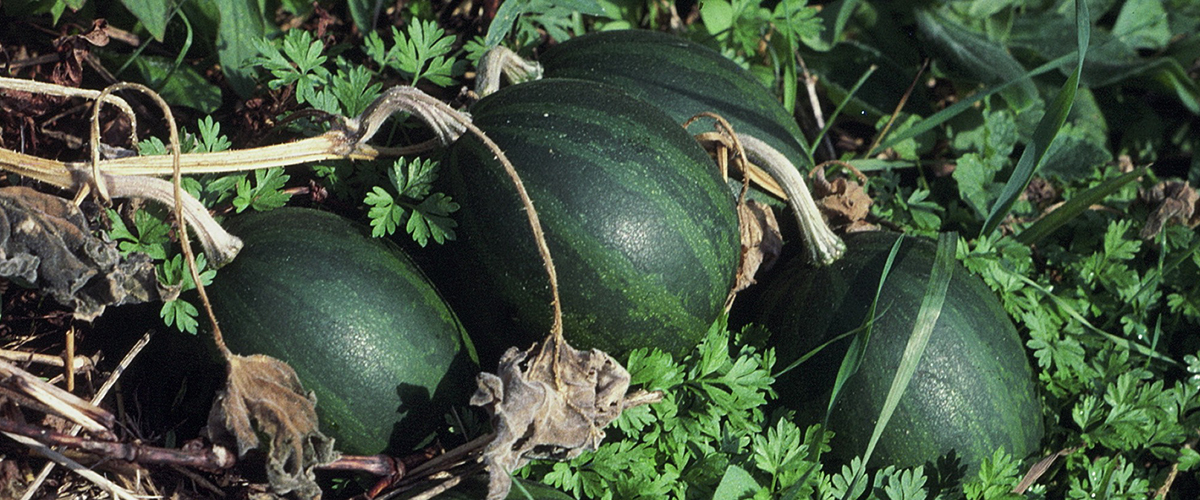
Seeing the cornucopia beyond the corn
In the past, researchers may have underestimated the importance of small grains in the diets of ancient civilizations because researchers sifted excavation dirt through larger screening devices designed to uncover pottery sherds, tool pieces and other larger-scale artifacts.
Traces of corn, with its large kernels and cobs, were easier to document than tiny wild grains the size of quinoa.
Dozens of large archaeological projects at Cahokia and surrounding sites have generated flotation-derived data showing that the native seed crops were produced in copious quantities during the centuries before and after Cahokia’s rapid rise.
“The most unexpected finding was that pre-maize crops did not decline after corn was embraced at A.D. 900. Instead, all available crops — old and new — increased in abundance, giving urban Cahokia a biologically diverse food base, quite different from the corn-dominated cuisine sometimes described,” Fritz said.
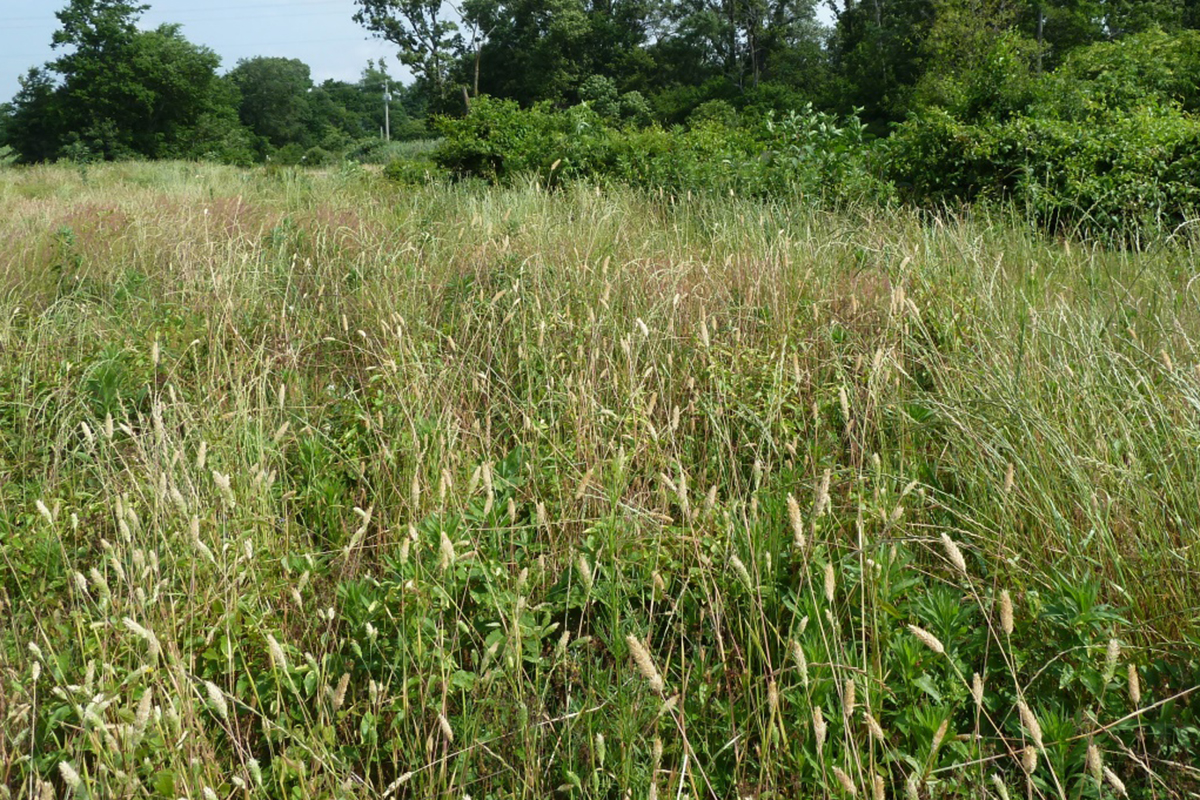
Cahokia’s women found power in the fields
But larger artifacts also figure into Fritz’ theories about the role of women in Cahokian society. She builds her case for a farming system dominated by women and their daughters in part on a reassessment of small, flint-clay ceramic statues of women that have been unearthed at Cahokia and other Mississippian sites.
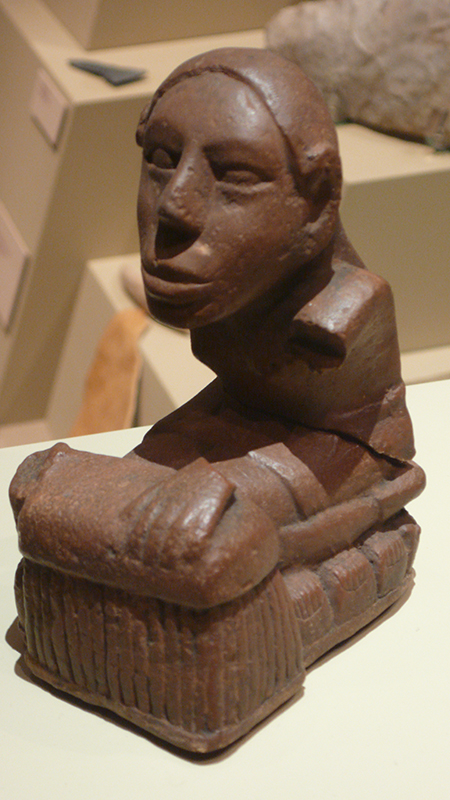
The figurines, which other researchers have described as corn goddesses, often depict an older woman kneeling with outstretched arms. The statues are embellished with intricately carved snakes, plant stalks and vines, and flower heads that some scholars have been quick to characterize as symbols of corn and fertility. Moreover, the statues have been interpreted as serving the goals of an elite-controlled priestly cult.
Fritz argues that many of the carvings more accurately represent sunflower seed heads and squashes, and that the tendency for other scholars to see corn is a function of zeacentric bias — an exaggerated fixation on the culture’s perceived ideological elevation of maize.
Her explanation draws heavily on the work of Carol Diaz-Granados, a research associate at Washington University, and other scholars who have studied the imagery behind Native American art and rock drawings. This context suggests the Cahokia figurines represent a character known as “the old woman who never dies” or “grandmother” who is central to the beliefs of modern Siouan speaking tribes, such as the Mandan and the Hidatsa.
Women in these tribes who belonged to organizations called “Goose Societies” played a dominant roles in tribal farming and spiritual life, with younger women moving up through the ranks by virtue of their industriousness and the skills manifested by themselves and their kin groups in the farm fields.
“Long before corns, beans and squash became such a staple part of Native American diets across the midcontinent, it’s likely that the women farmers of Cahokia were appealing to a similar Earth Mother to guide their cultivation and harvest of native grains, such as maygrass, sunflower and chenopods,” Fritz said. “This alternative scenario situates the women — the farmers themselves — as key players rather than placing them under the control of an elite-centered priesthood.”

